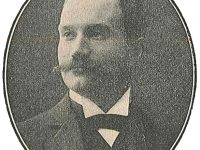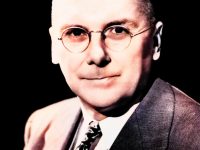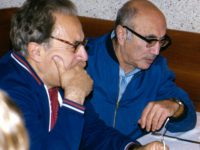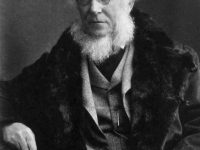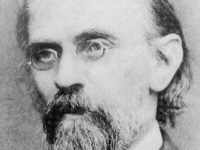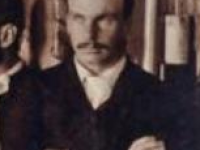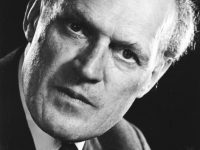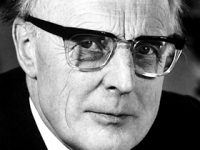Sir George Everest and his Trigonometric Survey of India
On July 4, 1790, Welsh military engineer and geodesist Sir George Everest was born. Everest was the Surveyor General of India from 1830 through 1843, providing the accurate mapping of the subcontinent. For more than twenty-five years and despite numerous hardships, he surveyed the longest arc of the meridian ever accomplished at the time. In 1865, Mount Everest was named in his honour in the English language, despite his objections, by the…
Read more












